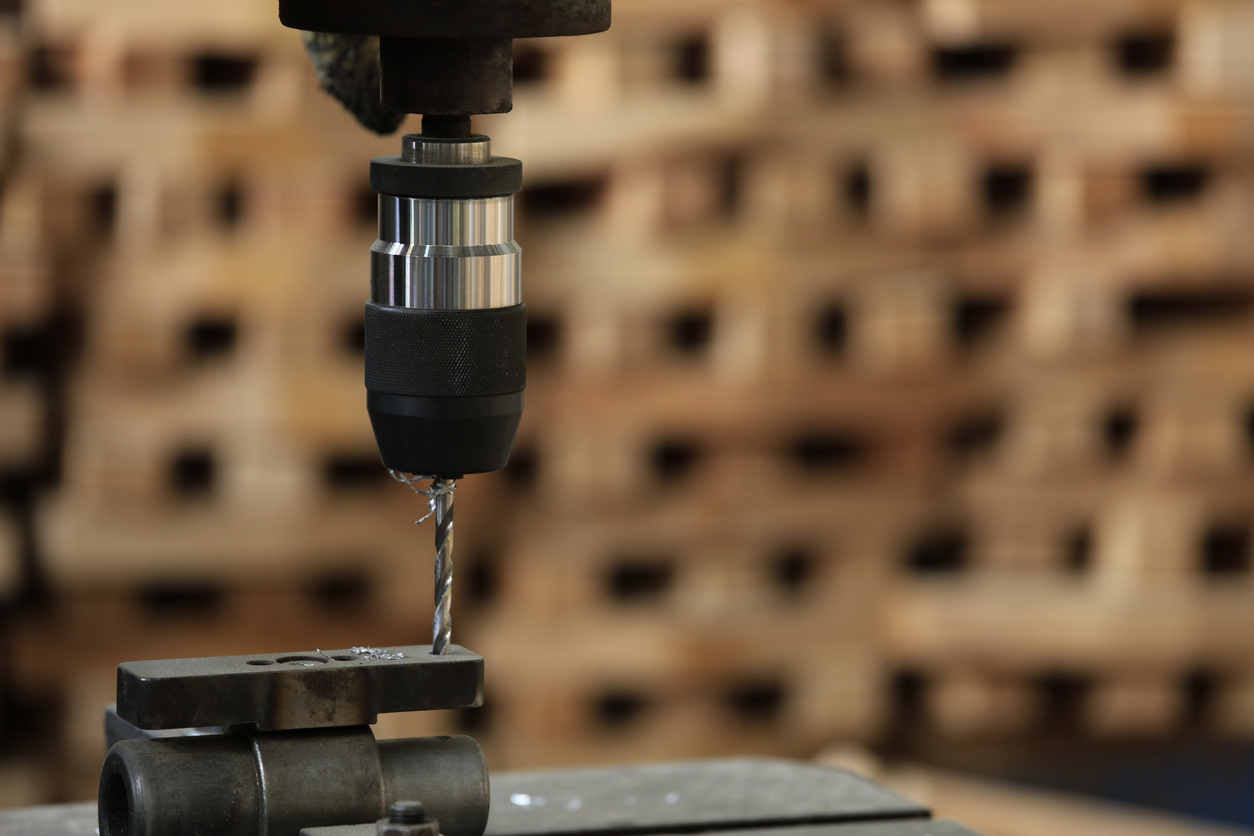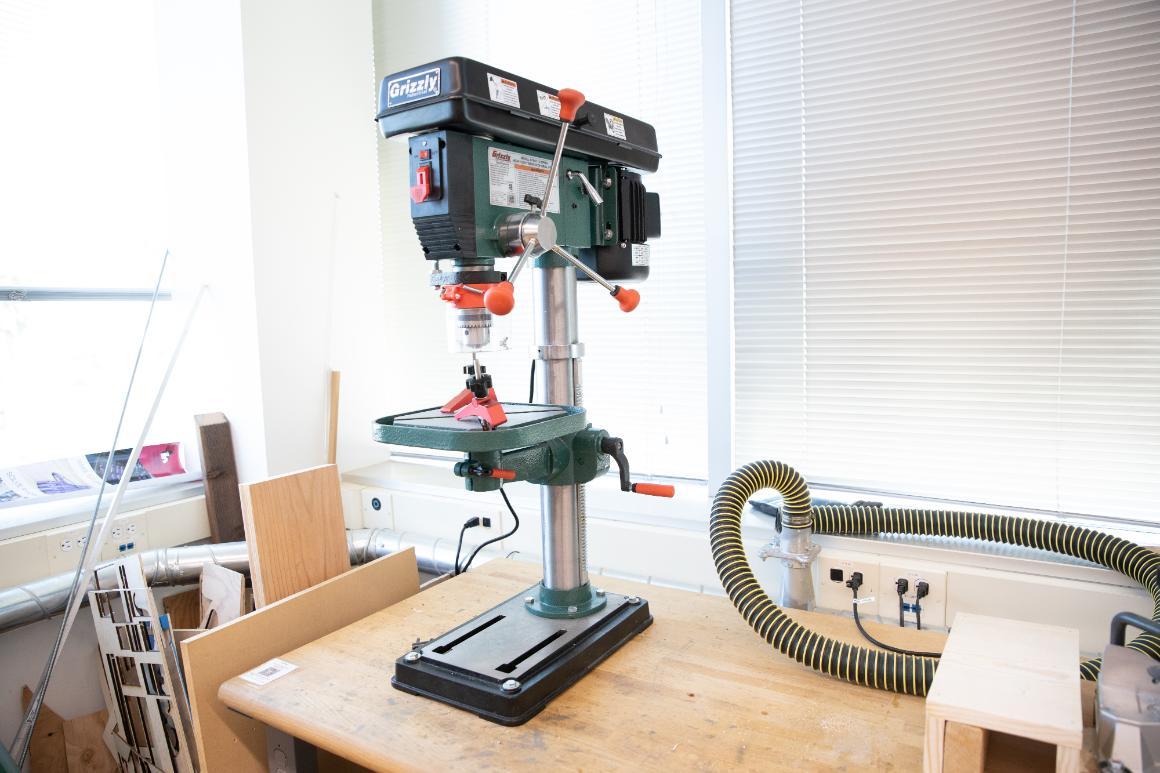Understanding what should be done while drilling metal with the drill press is pivotal for professionals in the industry. The correct approach can ensure safety, precision, and efficiency, making the task less daunting and more rewarding.

1. Introduction to Drill Press
A drill press is a versatile machine designed to drill precise holes in various materials, including metal. Here is an external link offering more insights on the benefits of having a drill press in your shop.
2. Safety First
Before starting the drilling process, it’s crucial to prioritize safety. Wear proper eye protection, gloves, and ensure the work area is clean and organized. Refer to the safety guidelines from Harvard’s OSHA guidance on drill press for comprehensive safety measures.
2.1. Inspect the Equipment
Always inspect your drill press before use. Check for any damages or wear in all components, including the drill bits, chuck, and table. Ensure everything is tightly secured and in proper working condition.
2.2. Use the Right Drill Bit
Selecting the appropriate drill bit is essential. Different metals require different bits high-speed steel (HSS) is a common choice for softer metals, while cobalt or carbide-tipped bits are better for harder metals.
3. Proper Setup
A proper setup can significantly influence the quality of your work. Secure the metal piece firmly in place using clamps or a vise to prevent any movement during drilling.
3.1. Accurate Measurements
Mark the location of the hole with a center punch to prevent the drill bit from wandering. This ensures the hole is drilled precisely where needed.
3.2. Adjust the Speed
Adjusting the speed of the drill press according to the metal type is crucial. A lower speed is generally recommended for harder metals, while higher speeds suit softer metals.
4. Drilling Techniques
Utilizing the correct drilling techniques helps achieve clean and accurate holes.
4.1. Pilot Holes
Drilling a pilot hole can ease the process for larger holes. A smaller hole serves as a guide, reducing the stress on the drill bit and enhancing precision.
4.2. Cooling and Lubrication
Metal drilling generates a lot of heat, which can damage the drill bit. Using cutting fluid or oil can help keep the bit cool and prolong its lifespan.
5. Maintenance and Care
Regular maintenance ensures the longevity and consistent performance of your drill press.
5.1. Clean After Use
Always clean the machine and the work area after each use to prevent rust and buildup of metal shavings.
5.2. Regular Inspections
Conduct regular inspections and servicing. Lubricate movable parts and replace any worn-out components promptly.
6. Leveraging Technology
Incorporating advanced technology into metal drilling practices can significantly enhance precision and efficiency. For example, high-speed cameras provide invaluable insights during high-speed manufacturing processes, including drilling. Learn more about Semiconductor inspection.
6.1. High-Speed Coating Inspection
Leveraging Coating inspection technology can improve outcomes in drilling projects involving coated metals.
- Accurate Measurements: Use digital calipers and micrometers for precise measurements.
- Advanced Drill Bits: Utilize drill bits designed with modern metallurgy for better performance.
7. Conclusion
Understanding what should be done while drilling metal with the drill press ensures higher efficiency, accuracy, and safety. For detailed guidance, always refer to reliable sources and keep updated with the latest advancements in technology.

Frequently Asked Questions (FAQ)
What are the safety measures for using a drill press?
Always wear protective gear, ensure the work area is clean, and conduct equipment inspections before use. Refer to more safety tips here.
How do I choose the right drill bit for metal?
Select drill bits based on the hardness of the metal; HSS for softer metals and cobalt or carbide-tipped bits for harder metals.
Why is cooling and lubrication important in metal drilling?
They help in reducing the heat generated, thus prolonging the life of the drill bit and ensuring cleaner cuts.